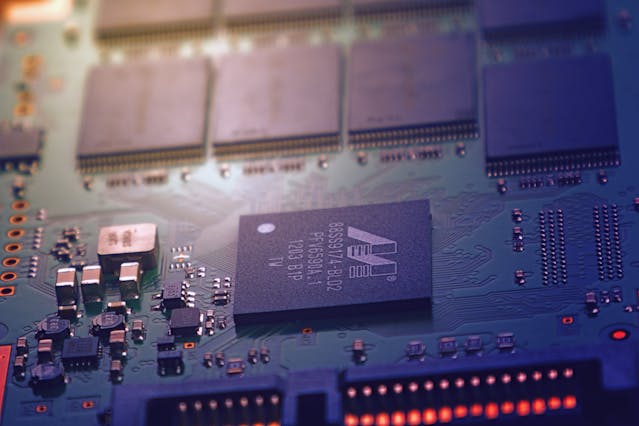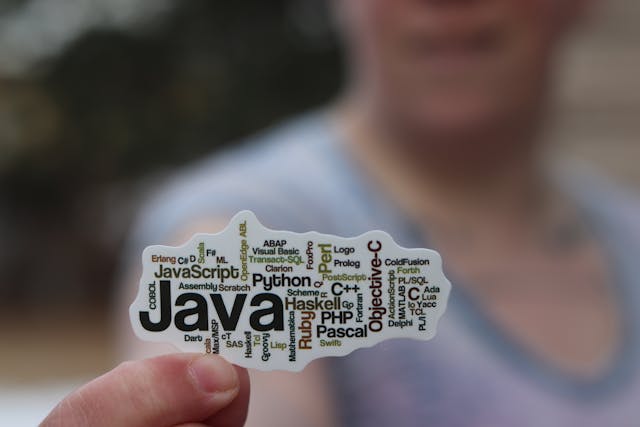How to Manufacture Prototypes with 3D Printing
A prototype serves as an example of a part or product before the manufacture of many such items. It allows manufacturers to test it and see how well it works. This enables them to tweak it or abandon an idea that is not going to work. Once a prototype has been approved, it will be used as a mold for making exact replicas, albeit in a different material such as metal.
Prototyping is experimental and the process that enables designers and their teams to make a physical rendition of their creative ideas. This makes it clear to others involved in the design and manufacture of what is envisioned, and they can put their minds together to modify it until it is perfect for their needs.
We look at how prototypes are manufactured today using 3D printing.
Table of Contents
The Modern World of Prototypes
It is difficult for others to picture an idea that is simply described in words. Seeing a realistic sketch is better. But the best way to get an idea across for a new design is with prototyping. People can hold it directly, turn it around, and see how it fits into an existing structure. This makes it ideal to show to management or to get investors interested in your product.
Printing a prototype may show you that an idea will not work. Then it is back to the drawing board with a better grasp of what is needed. The next idea will be more informed. It makes sense to see that a product or part will work as expected before selling a dud to your customers and getting bad reviews.
In the modern world of prototypes, 3D printing is the method most commonly used to produce prototypes. Before 3D printing became mainstream, clay models were used, foam was carved out, or some other manual method and readily available materials were used. Today, 3D printing is even being used in space.
You can either get your own 3D printer or make use of an online service. It can take from a few hours to a couple of days to get a prototype printed. Then, you can modify it and print a new prototype until you are happy with the design. Once all the changes have been made, you can start producing the part or product. The prototype is often 3D printed in plastic. Once the prototype design has been finalized, the actual product will be produced using engineering-grade resources. Testing can be done with 3D printing metal.
Options for Making Prototypes
Although 3D printing has been gaining recognition for making prototypes, some older methods are being used. These include injection molding and CNC machining. Different types of prototyping exist, depending on their functions.
Low-fidelity prototypes are not a complete match for the final product. Although a low-fidelity prototype can be made fairly quickly so that it can be assessed and modified, it is not ideal. The main types of low-fidelity prototypes are design prototypes, geometric prototypes, functional prototypes, and technical prototypes. Design prototypes are used to check a design idea. Geometric prototypes are used to confirm whether the geometry of a product is workable. Functional prototypes test functionality and how materials react. Finally, technical prototypes are used for the purposes of studying the features of an object.
High-fidelity prototypes produce an object that is identical in every way to the final item. It is always wise to use high-fidelity prototyping before starting the manufacture of a new part or product.
Rapid Prototyping
Rapid prototyping that makes use of 3D printing allows manufacturers and designers to test functionality and form. The choice of materials can render the product or item as close to the final desired product as possible. It can be used for low-fidelity prototyping too. Rapid Prototyping With 3D Printing is the way to go.
Different 3D printing technologies can be utilized. The most common ones are fused material deposition, selective light curing of resins, and selective laser sintering. All three methods have their pros and cons, so it is best to use the one that is most suitable for your objectives. Fused material deposition (FDM) and selective laser sintering (SLS) both make use of thermoplastics, while selective light curing of resins (SLA) employs light-curing resin. FDM has a high choice of materials; this is medium with SLA and low with SLS.
Additionally, FDM has a very high immediacy, SLA has a medium immediacy, and with SLS it is low. In general, though, 3D printing has a good immediacy. However, the accuracy of FDM is low, SLA is medium, and SLS has a high accuracy. 3D printing can reduce costs substantially, limit a large part of the company’s carbon footprint, and decrease the use of resources substantially. Other methods are more costly with less of the benefits of 3D printing.
3D Printing for Manufacturing
Originally, only the prototype printing was left for 3D printing. Nowadays, 3D printing is also used often for manufacturing small runs of a product or part once the prototype has been perfected. This is due to the ability of 3D printing to make use of a wider range of materials than it could initially.
3D printers have been enhanced over the years as a result of research and development. This enables them to produce much more complex items that have industrial quality and can be used directly.
It is clear that 3D printing has changed how prototypes are produced. Teams of designers can start with a concept and roll it out after a round of printing prototypes and modifying them until they are a perfect fit to be added as a new part to a piece of equipment or as a standalone product prototype. These can be made to industrial standards and rigorously tested before manufacturing commences.
Whatever the need, 3D printing has become the preferred method of designing and testing prototypes. It is cheaper than the traditional methods of creating prototypes and is therefore more cost-effective.









